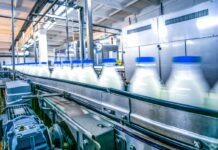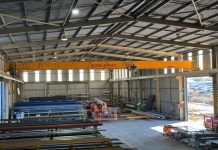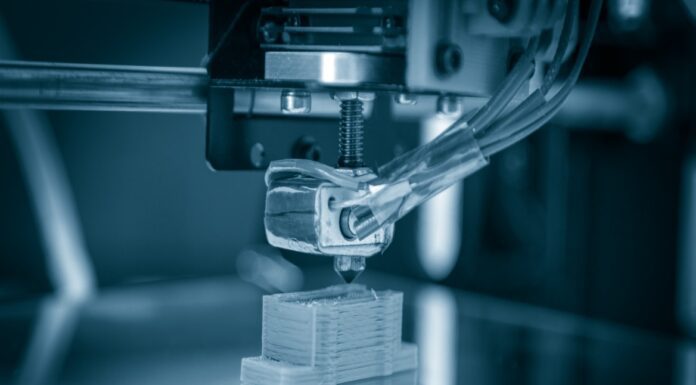
Manufacturing and energy industry leaders have called on the federal government to implement a radical national strategy to make Australia’s renewable energy revolution a reality.
Industry leaders and representatives at the recent National Manufacturing Summit in Canberra argued that in order for Australia to meet its net zero targets by 2050, a sweeping national policy that delivers secure supply chains and diverse renewables and a clean energy economy is needed.
“Last year, Australia experienced record floods, with countless people losing their homes. This year, we’re expecting a record bushfire season, with the Northern Hemisphere already experiencing some of its hottest temperatures on record. The climate crisis makes manufacturing the renewable energy revolution an imperative,” said Weld Australia CEO Geoff Crittenden.
The CEO said Australia must take inspiration from the United States and its Inflation Reduction Act, which includes a USD 500 billion allocation for new spending and tax breaks that aim to boost clean energy.
“The United States, through the IRA, has taken shown tremendous leadership, enacting a plan to tackle the challenges of the renewable energy revolution; a plan with manufacturing at its heart; and a plan that is already delivering unprecedented growth in the sector,” Crittenden said.
“A combination of tax credits, loans and subsidies, the IRA is an investment in—not a cost to—the US economy. An investment without which the US economy and society could suffer catastrophic and irreversible damage.”
Crittenden said the task of responding to the IRA in Australia seems to have created an insurmountable challenge that caused a halt in progress and called out “a policy of fiscal conservatism” driven by the Australian Treasury.
According to Crittenden, Australia must stop debating the fiscal policy and act and become a valued partner within international renewable energy supply chains.
“The IRA has already had remarkable beneficial impacts: in its first six months in operation, over 100,000 new clean energy jobs have been created across 90 projects, investment in clean tech and semiconductor manufacturing has doubled, and real spending on manufacturing has also more than doubled. It is little wonder that these bold government-led investment plans have already been echoed in Europe, Canada, India, Japan and South Korea,”
Crittenden noted that if Australia is ever to achieve net zero, the government must enact a similar version of the IRA— one that is tailored to Australia’s local conditions.
“Adjusted for the scale of the Australian economy, the Australian Government must commit $300 billion—approximately $12 billion a year to 2050—to a program similar in size and scale to the IRA. This sum is equivalent to current carbon subsidies, inconsequential when compared with the anticipated mining royalties from rare earth minerals, and less than the $368 billion we plan to spend on nuclear submarines,” Crittenden said.




















